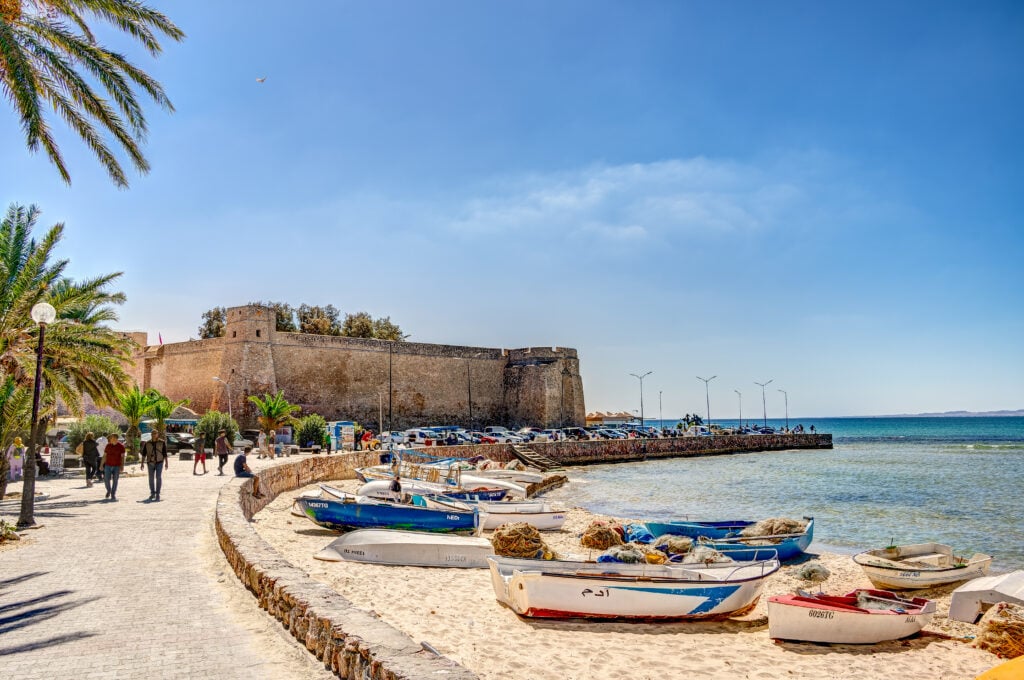
Hammamet, Tunisia's picturesque coastal city, is a treasure trove of history, culture, and natural beauty. Known as the "Pearl of the Mediterranean," this enchanting destination offers a delightful blend of traditional Tunisian charm and modern attractions. Here are the top tourist sites that you shouldn't miss when visiting Hammamet.
The Medina of Hammamet is a must-visit for any traveler seeking an authentic Tunisian experience. This ancient walled town dates back to the 13th century and is home to narrow, winding alleys, vibrant markets, and historic landmarks such as the Kasbah of Hammamet. Immerse yourself in the rich heritage and warm hospitality of the locals as you explore this fascinating area.
No visit to Hammamet would be complete without spending some quality time at the world-renowned Hammamet Beach. With its pristine white sand and crystal-clear waters, this stunning beach offers a perfect setting for relaxation, swimming, and water sports. The beach is well-equipped with facilities, including sun loungers, umbrellas, and a variety of restaurants and cafes, ensuring a comfortable and enjoyable experience for all visitors.
The Great Mosque of Hammamet, also known as the Mosque of Sidi Bou Madyan, is an iconic landmark in the city. This magnificent structure, built in the 15th century, showcases a beautiful blend of Arab-Andalusian architecture. While non-Muslims are not permitted to enter the mosque, the exterior is a sight to behold, and the peaceful atmosphere surrounding the site makes it an ideal spot for contemplation and relaxation.
For a taste of Tunisian culture, head to the International Cultural Centre of Hammamet. Housed in a stunning 18th-century fort, this cultural hub hosts a variety of events, including concerts, art exhibitions, and theatrical performances. The center also offers workshops and educational programs, providing visitors with an excellent opportunity to learn about Tunisian traditions and customs.
Hammamet's lush citrus gardens are a testament to the city's rich agricultural heritage. Wander through the neatly arranged orchards, brimming with lemons, oranges, and grapefruits, and breathe in the fresh, fragrant air. Some of these gardens offer guided tours, allowing visitors to learn about the various citrus species and the process of cultivation.
Hammamet, Tunisia, is known for its stunning beaches, historic medina, and rich cultural heritage. It is often referred to as the "Pearl of the Mediterranean" due to its breathtaking beauty and warm hospitality.
Yes, Hammamet is generally considered safe for tourists. However, as with any destination, it is essential to remain vigilant and take sensible precautions to ensure a secure and enjoyable experience.
There are several ways to get around Hammamet, including local buses, taxis, and guided tours. For a more authentic experience, consider renting a bicycle or scooter to explore the city and its surroundings at your own pace.